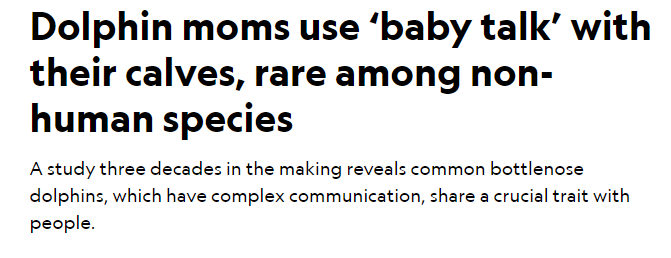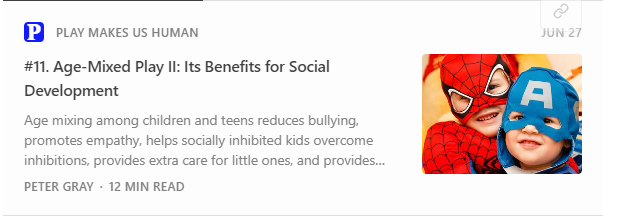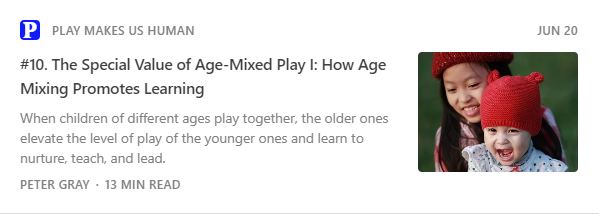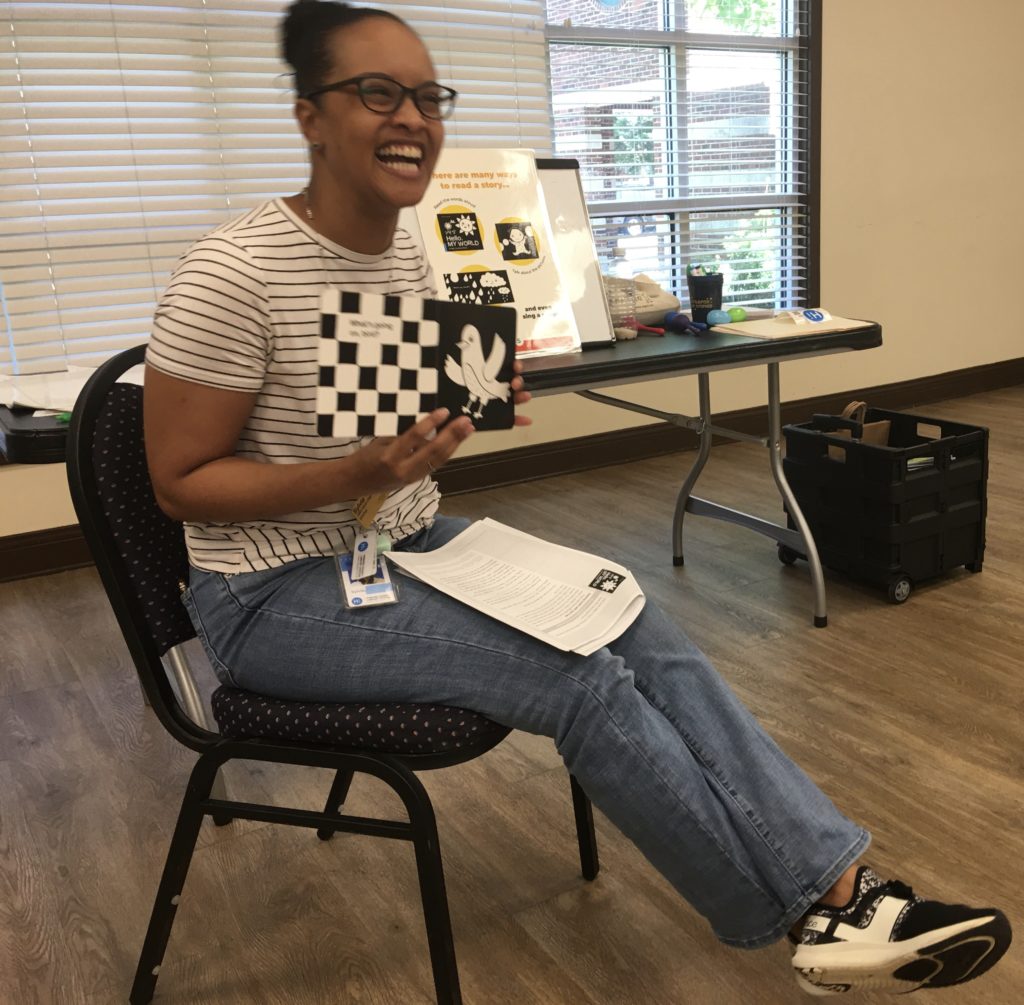During the first week of April, I travelled to England, to the World Literacy Summit at Oxford University. Literacy leaders from around the globe convened for three days in the historic university town to talk about the state of literacy, the projects that they have been running successfully, and what can be done to improve literacy internationally. I hope to use the blog for the next few entries to highlight some of the amazing people I met and projects I learned about.
Just before my presentation on Mother Goose on the Loose was a presentation by Kim Jocelyn Dickson on “The Invisible Toolbox.” She proudly proclaims that “Reading aloud to your child from birth is one of the greatest gifts a parent can give.” The Toolbox she refers to is the foundation given to children in the earliest years when their parents talk, sing, share books, and play with them . As a former elementary school teacher, she writes,
“Those who have been introduced to the world of books by being read to show up with a Toolbox overflowing with language, stories, and virtual experiences that provide a foundation for understanding the world of school and learning. They are motivated to learn to read because they already know there is something in it for them.” (p.14)
Much of what Kim spoke about directly supports MGOL. I was so impressed by her presentation that I made it a point to introduce myself to her afterward. She was selling copies of her book, The Invisible Toolbox, and I got one to read on the plane. Not only is it written in an engaging way, but the language she uses is perfect for developmental tips for parents.
Here are few of my favorites:
- “As parents, we all — regardless of where we come from — want the world for our children. We do everything we can to help them develop fully into who they are meant to be so that they can have meaningful lives. Reading to them from birth – or even before- is a powerful place to start.” (p.17)
- “The neural connections that begin to form in utero set about building an internal infrastructure that is the foundation of a child’s future social, emotional, and intellectual growth. Their inborn drive to connect means that they not only desire our touch, they also want to hear from us.” (p.20)
- “When we speak, sing, and read to our child from birth, this loving way of engaging builds neural pathways in the brain that become the physical infrastructure for all future learning and loving. Learning, therefore, is connection, rooted in relationship.” (p.22)
- “Speaking, singing, and reading aloud honor our infant’s drive to bond with us and nurture the emerging internal infrastructure that will carry them into future learning and life.” (p. 24)
- “The child who has been read to arrives at school with not only a greater knowledge base than their peer who has not been read to, but a greater experience base, an expanded capacity to imagine, and the crown jewel: intellectual curiosity, or the intrinsic desire to know more.”(p.43)
- “The brain networks that are used to understand stories are the same networks used to understand social interactions with others….A capacity to understand others who are different from oneself and to empathize with them is an important tool that is essential not only for school but for life.” (p.44)
- “Reading fiction develops the capacity for empathy. As we enter the world of the story, not only the experiences, but also the characters become real for us. In short, children who have been read to learn how to think and feel and express themselves.” (p.45)8
- “Reading aloud nurtures the parent-child connection. When reading aloud is part of a daily family routine, it provides a steady point of connection both parent and child can look forward to and count on. practicing this daily ritual communicates not only that reading is important, but that the child is important. Snuggling and cuddling up together with a book creates feelings of warmth and can even provide a bit of an oasis from daily pressures and burdens.” (p.52)
- “Your child does not have to be sitting in your lap in order for you to read to them. If they wriggle off your lap to explore a toy, you can keep right on reading.”(p.71)
- “To encourage cuddle time while reading, it is best to catch your busy mover when they are in a less active mode. A great time for snuggling while reading is right after the evening bath before bed. Just after waking from a nap is also a prime time for reading and cuddling, as it makes for a comforting transition from sleep to wakefulness.”(p.71)
- “Be sure to introduce nursery rhymes to your child…Children of this age (older babies and toddlerhood) love the repetition, the rhyme, the wordplay, and the surprises of these classic verses and will want to hear them over and over. They will delight your child as they build critical pre-reading skills such as recognizing rhyming words. Elementary teachers everywhere can tell you of their despair that parents no longer share nursery rhyme with their children.” (p.71)
- “Talk, Read, and Sing to Your Baby Right from the Start. Because hearing is the most highly developed sense at birth, your baby is tuned in to you right from the start. It may not look like much is going on, but the neurons in your baby’s brain are already at work, making connections and actively distinguishing sounds. And remember, the love you communicate through your sounds, touch, and good will in unequivocally understood.” (p.85)
- “While reading from birth doesn’t guarantee that a child will not be challenged in some way, it will build a foundation of skills and important emotional support that will prepare them for meeting the world of school to the very best of their ability.” (p. 91-92)
The quotes are just the tip of the iceberg!
If you are looking for more common sense advice for parents that supports the 5 practices of Every Child Ready to Read in simple language and is great for use as developmental tips, check out Kim’s book!









